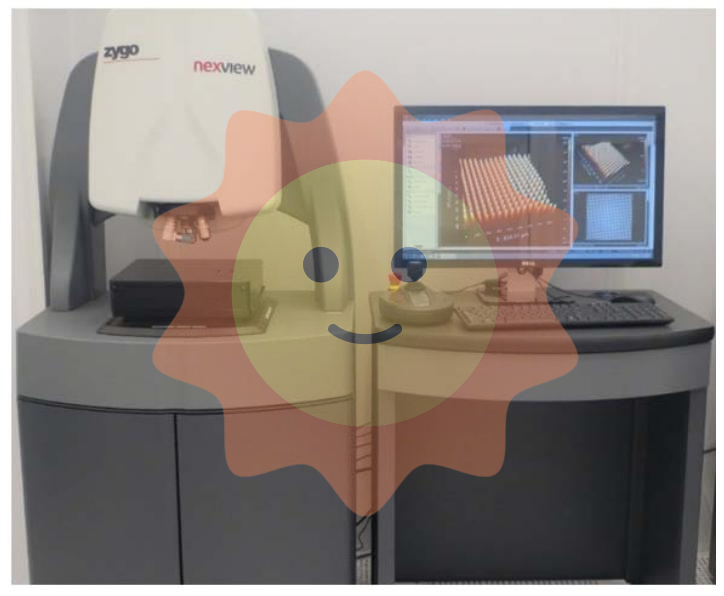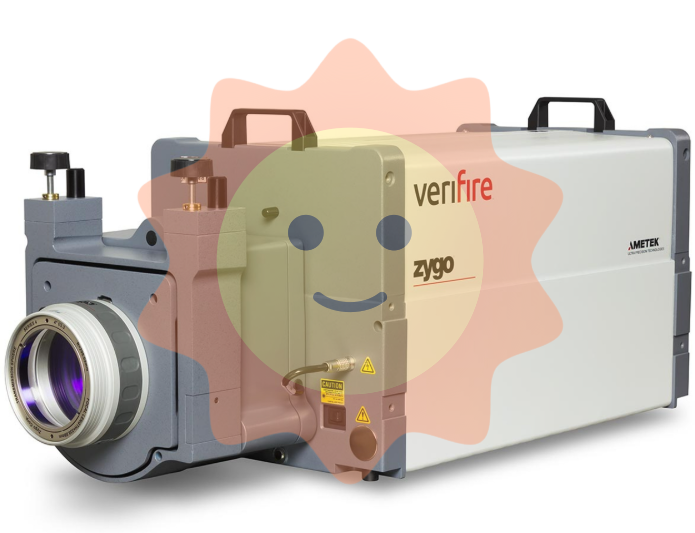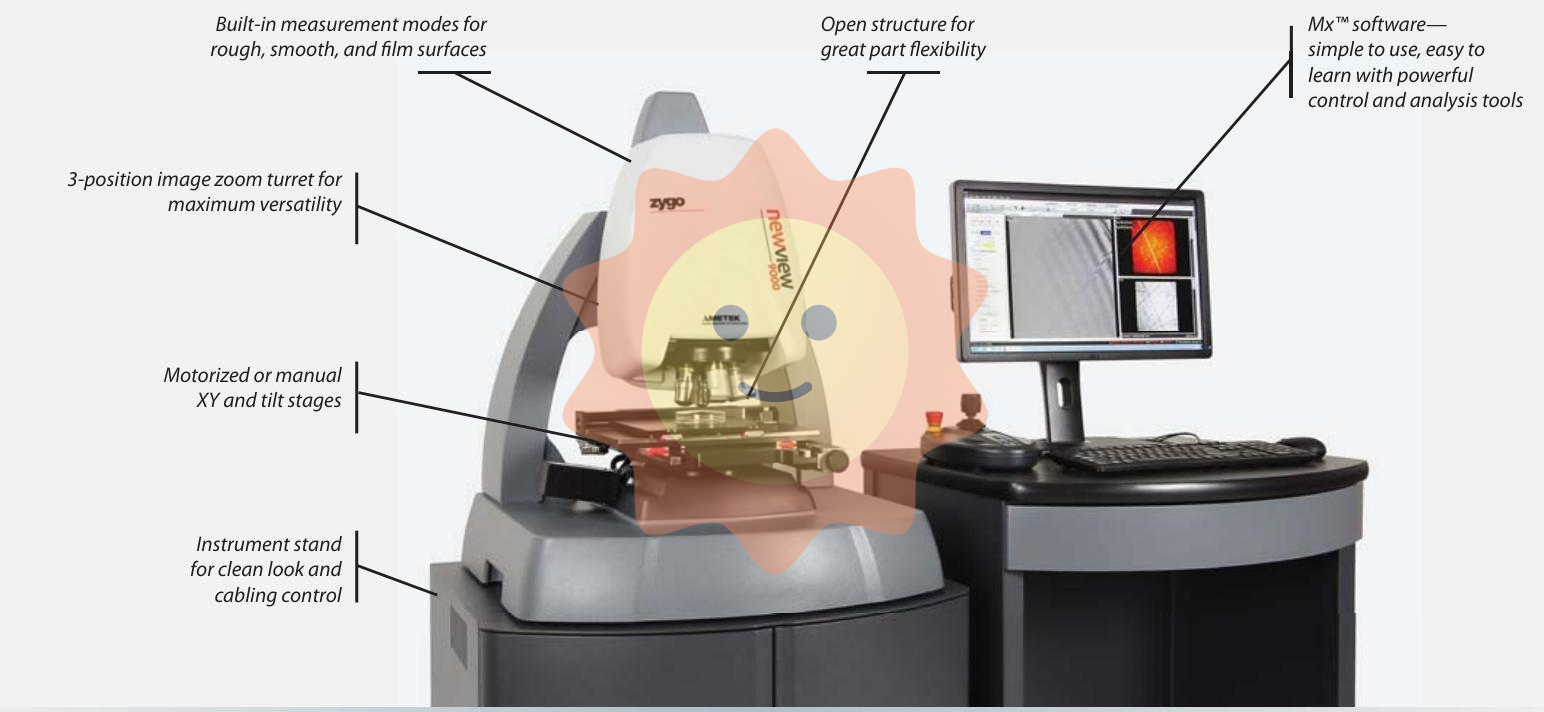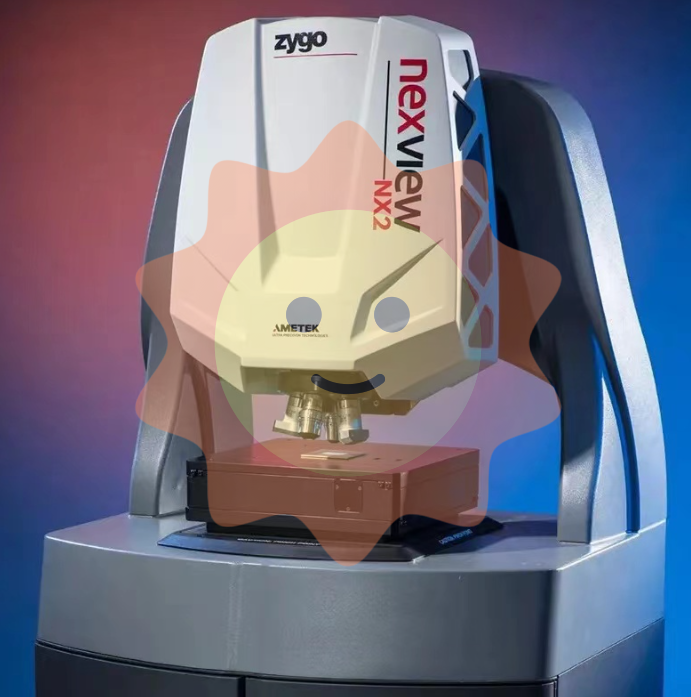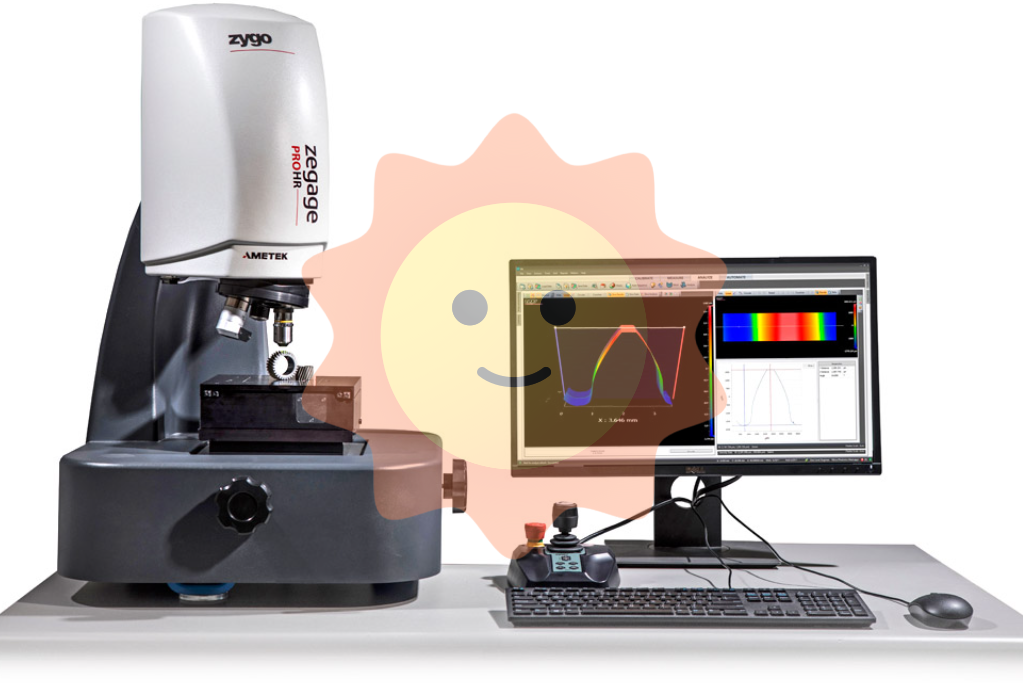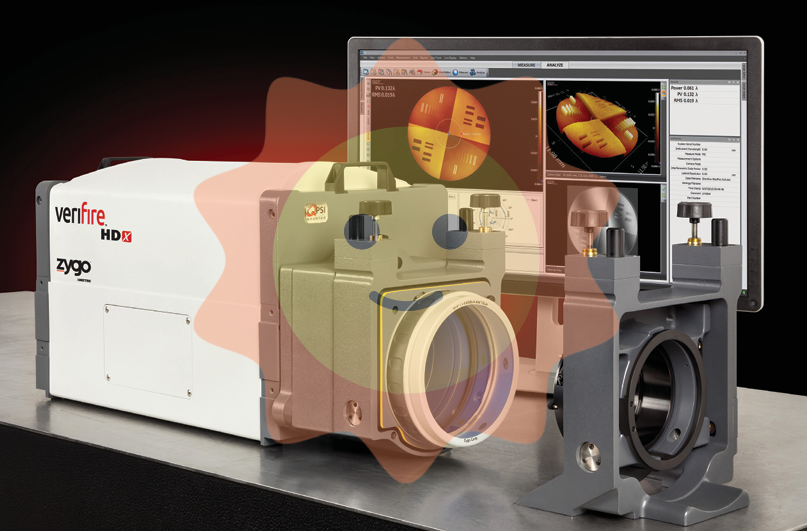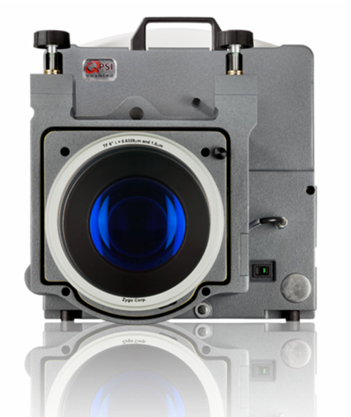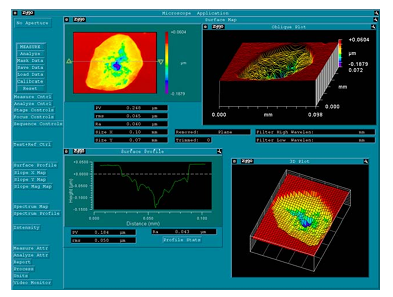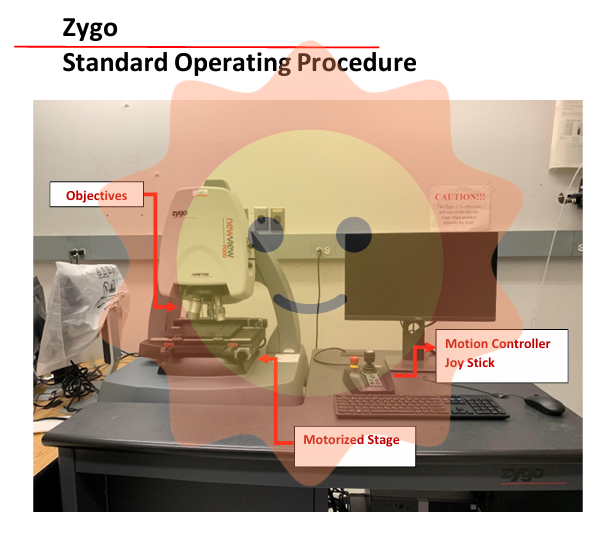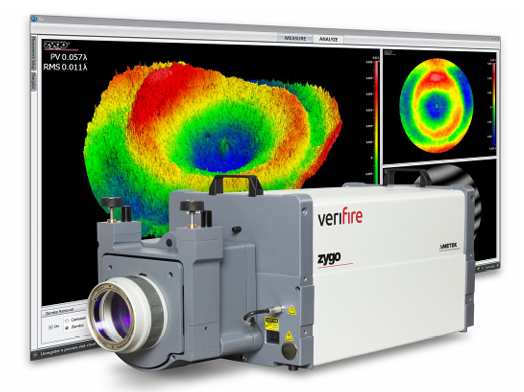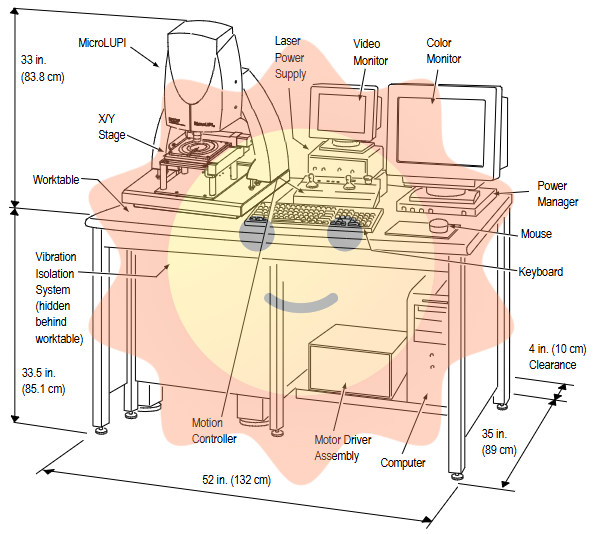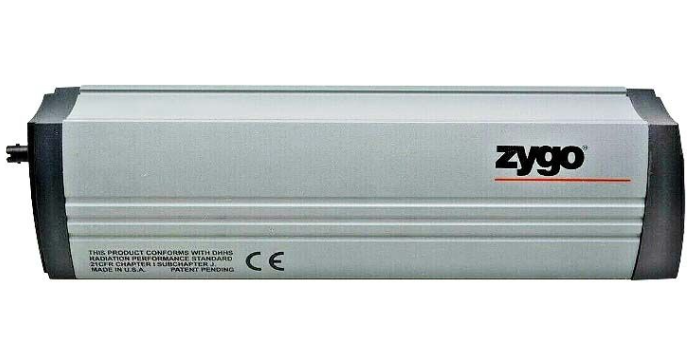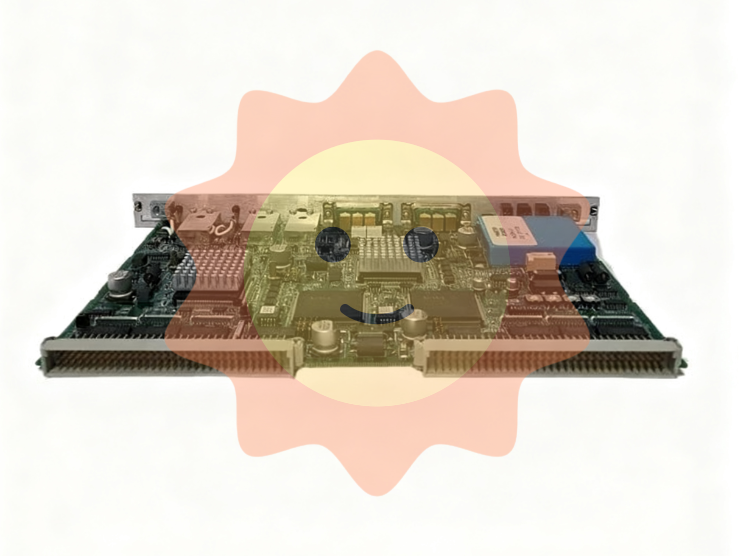ABB UNS3670A-Z V2 HIEE205011R0002 is an advanced industrial automation module under ABB Symphony Plus distributed control system (DCS), belonging to industrial grade multifunctional control and signal processing components, originating from Switzerland. Its core function is to serve as a "distributed control node" for the Symphony Plus system, integrating the acquisition, processing, and control instruction output of on-site analog and digital signals. It also supports high-speed data exchange with system servers and other control modules, and has the ability to perform logical control, sequential control, and process monitoring. It is a key component for large-scale process industries such as power and chemical industries to achieve production automation and fine control, and can adapt to the collaborative control needs of multiple devices in complex industrial scenarios.
ABB UNS3670A-Z V2 HIEE205011R0002 Industrial Automation Module
Core positioning and basic information
ABB UNS3670A-Z V2 HIEE205011R0002 is an advanced industrial automation module under ABB Symphony Plus distributed control system (DCS), belonging to industrial grade multifunctional control and signal processing components, originating from Switzerland. Its core function is to serve as a "distributed control node" for the Symphony Plus system, integrating the acquisition, processing, and control instruction output of on-site analog and digital signals. It also supports high-speed data exchange with system servers and other control modules, and has the ability to perform logical control, sequential control, and process monitoring. It is a key component for large-scale process industries such as power and chemical industries to achieve production automation and fine control, and can adapt to the collaborative control needs of multiple devices in complex industrial scenarios.
Key technical specifications
Core functions
Multi channel signal acquisition+logic/process control+data communication
Integrate signal processing and control functions without the need for additional independent acquisition modules, simplifying system architecture
Input/output channel configuration
Analog input (AI): 16 channels (supporting 4-20mA DC, 0-10V DC, thermocouple, thermistor); Analog output (AO): 8 channels (4-20mA DC/0-10V DC); Digital input (DI): 16 channels (24VDC wet contact); Digital output (DO): 8 channels (24VDC relay output)
Multi type and multi quantity channel design, covering common signal acquisition and control requirements in industrial sites, suitable for multi parameter monitoring and actuator driving such as temperature, pressure, liquid level, etc
Measurement accuracy
Analog input: ± 0.05% full scale (FSO); Analog output: ± 0.1% FSO
High precision signal processing capability ensures the accuracy of collected data and control instructions, providing reliable data support for process optimization
Communication interface
2 Gigabit Ethernet interfaces (supporting ABB Industrial Ethernet, Modbus TCP), 1 Profibus DP interface
The high-speed communication interface is adapted to different industrial network architectures, with an Ethernet transmission rate of up to 1000Mbps, enabling real-time data exchange with system servers and remote I/O stations, with a communication delay of ≤ 2ms
Control algorithm support
Built in PID control (including cascade, ratio, feedforward control), logic control (LD/FBD), and sequential control (SFC)
Supporting the development of complex industrial control logic, it can directly achieve closed-loop adjustment of temperature, pressure and other parameters without relying on higher-level controllers, reducing system response delay
Working power supply
24VDC ± 15% (supports dual power redundant input)
Wide voltage input+dual power redundancy design, adaptable to power supply fluctuations in industrial sites. In the event of a single power failure, the module operates normally, improving the reliability of system power supply
Working temperature range
-40 ℃ to+70 ℃
Strong adaptability to extreme environments, capable of stable operation in harsh environments such as outdoor substations and high-temperature chemical workshops, without the need for additional temperature control equipment
Protection level
IP20 (module body)
Suitable for installation inside industrial control cabinets, it needs to be matched with the cabinet to achieve dust and moisture protection, avoiding direct contact of dust and water vapor with the module and affecting its performance
Fault diagnosis function
Support channel fault (such as disconnection, over range), communication fault, power fault alarm, output fault contact signal and alarm code
Real time monitoring of module operation status and channel signals, with a fault identification accuracy rate of ≥ 99.9%, making it easy for operation and maintenance personnel to quickly locate problems and reduce downtime for troubleshooting
Data storage
4GB Flash storage (for program, configuration file, and historical data caching)
Large capacity storage supports local backup of control programs and short-term historical data storage to prevent critical data loss in case of system communication interruption
Typical application areas
Power industry (thermal power plants)
In the boiler combustion control system of a thermal power plant, the module can collect parameters such as furnace temperature (thermocouple signal), flue gas oxygen content (4-20mA signal), and coal feeding amount (pulse signal). The built-in PID cascade control algorithm is used to adjust the air supply volume, induced draft volume, and coal feeding amount, achieving efficient combustion and nitrogen oxide reduction in the boiler. At the same time, real-time data is uploaded to the power plant DCS server through Ethernet, supporting remote monitoring and parameter modification to ensure stable operation of the generator set.
Chemical industry (large petrochemical facilities)
In the catalytic cracking unit of petroleum refining, modules are used to collect key parameters such as reaction temperature, regenerator pressure, and raw oil flow rate. Through logical control, the catalyst circulation volume is adjusted and the fractionation tower liquid level is controlled. At the same time, the unit start stop process is completed through sequential control (such as automatic switching of preheating, feeding, pressure boosting, etc.). The dual power redundancy and fault diagnosis function can avoid device shutdown caused by module failures and reduce economic losses.
Water treatment industry (large sewage treatment plants)
In the aeration tank control of sewage treatment plants, the module collects dissolved oxygen concentration (4-20mA signal) and aeration fan current (DI signal), and adjusts the fan speed through PID control to ensure that the dissolved oxygen in the aeration tank is maintained within the optimal range (2-4mg/L); At the same time, the sludge reflux pump, scraper and other equipment are connected through the Profibus DP interface to achieve automated control of the entire sewage treatment process, ensuring that the effluent quality meets the standards and reducing manual operation and maintenance costs.
Metallurgical industry (steel mill rolling system)
In the control of the cold-rolled strip leveling machine in the steel plant, the module collects the strip tension (pressure sensor signal) and the leveling machine roll gap (displacement sensor signal), and adjusts the hydraulic cylinder pressure through PID control to ensure stable strip tension; At the same time, by controlling the start stop sequence of auxiliary equipment of the rolling mill (such as coilers and shearing machines) through digital output, the continuous and automated production of cold-rolled strip steel is achieved, and the surface quality and dimensional accuracy of the products are improved.
Key points of installation and operation and maintenance
(1) Installation specifications
It needs to be installed on the guide rail inside the standard 19 inch industrial control cabinet, and the installation position should be away from strong electromagnetic interference sources such as frequency converters and high-power motors (distance ≥ 30cm) to prevent electromagnetic radiation from affecting signal acquisition and communication stability; A heat dissipation space of ≥ 5cm should be reserved above and below the module to avoid performance degradation caused by high temperatures.
When wiring, it is necessary to strictly distinguish between power terminals, signal terminals, and communication terminals: analog signal lines (especially thermocouples and thermal resistance lines) should use shielded cables, and the shielding layer should be grounded at one end (grounding resistance ≤ 1 Ω); When connecting the digital output terminal to a high-power actuator (such as a contactor), a surge protector should be connected in series to prevent voltage spikes caused by switch actions from damaging the module; The dual power input needs to be connected to different switching power supplies separately to ensure power independence.
Communication line configuration: The Ethernet interface needs to be connected to the system network through an industrial switch. It is recommended to use a redundant ring network topology (such as ABB Ring Protection) to avoid communication interruption caused by a single switch failure; When connecting remote devices through the Profibus DP interface, a 120 Ω terminal resistor needs to be installed at the bus terminal to reduce signal reflection interference.
(2) Debugging and Calibration
Before the initial debugging, it is necessary to complete the module hardware configuration (such as channel signal type, range) and control program download through ABB Control Builder Plus software, and confirm that the module is communicating normally with the system server (software displays "Online" status).
Channel calibration: For analog input channels, use a standard signal generator to input 0%, 50%, and 100% full-scale signals (such as 4mA, 12mA, 20mA), and read the collected values through software. If the deviation exceeds ± 0.05% FSO, linear calibration needs to be performed in the software; For thermocouple channels, use a temperature calibration furnace to simulate standard temperatures (such as 100 ℃, 500 ℃) and correct temperature measurement deviations.
Control logic testing: Simulate on-site process conditions (such as manually setting temperature beyond the range), check whether the module can trigger PID adjustment actions (such as output signal changes); Test the sequence control process to confirm that the equipment start stop sequence and delay time meet the design requirements; Simulate channel disconnection, communication interruption and other faults to verify whether the fault alarm function is normal (such as flashing fault lights and pop-up prompts on the upper computer).
(3) Maintenance strategy
Daily maintenance (weekly): Check the module operation status (such as CPU usage, channel fault status, communication quality) through system monitoring software to ensure that CPU usage is ≤ 70% and there are no unresolved fault alarms; Check the module indicator lights (power light PWR constantly on, running light RUN flashing, fault light ALM off), and confirm that the module is running normally.
Regular maintenance (monthly): After power failure, open the control cabinet and use dry compressed air (pressure ≤ 0.2MPa) to clean the dust on the surface of the module and the heat dissipation holes to avoid dust accumulation that affects heat dissipation; Check whether the wiring terminals are oxidized or loose, and tighten the loose screws again (M3 screw tightening torque 0.5-0.8N · m); Backup module control program and configuration files, stored on encrypted USB drives and cloud to prevent program loss.
Annual maintenance: Conduct comprehensive performance testing on the module, including communication delay testing (using a network analyzer to measure Ethernet transmission delay, requiring ≤ 2ms), analog channel accuracy recalibration, and control algorithm response time testing (such as PID regulation stability time ≤ 5s); If the module has been running for more than 5 years, it is recommended to replace the built-in backup battery (if any) to prevent configuration data loss after power failure.
Fault handling: If the module has a fault alarm (ALM light on), first check the fault code through software (such as "E02: AI channel disconnection" or "E10: communication interruption"), and identify the corresponding fault point (such as signal line, communication link) according to the code; If the channel fault cannot be repaired, the faulty channel can be disabled and the backup channel can be enabled (parameters need to be reconfigured); If the module hardware fails, it is necessary to replace the backup module. When replacing, ensure that the new module model and firmware version are consistent with the original module to avoid compatibility issues.
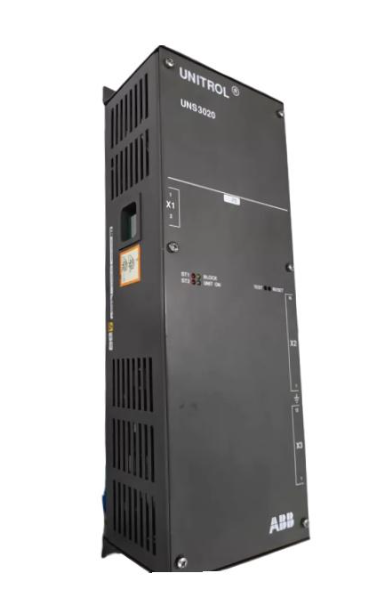
- User name Member Level Quantity Specification Purchase Date
- Satisfaction :
-









Email:wang@kongjiangauto.com

